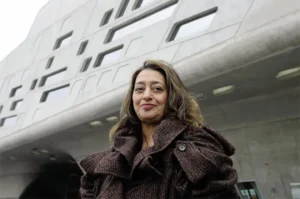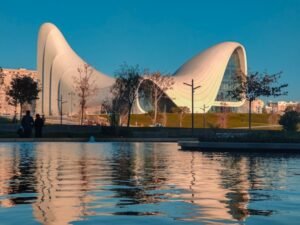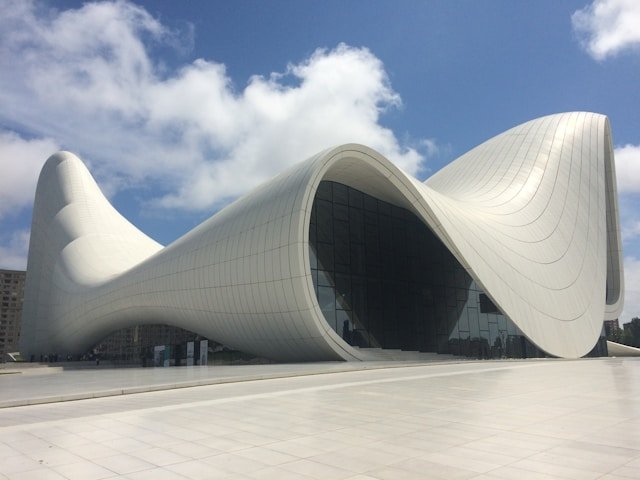Born in 1950 in Baghdad, Zaha Hadid spent much of her childhood in Beirut, where an early passion for mathematics eventually led her to architecture. In 1972, she moved to London to study at the renowned Architectural Association School, later founding her own firm, Zaha Hadid Architects.

Her bold, futuristic designs would go on to reshape skylines around the world—from the Phaeno Science Center in Wolfsburg, Germany, to the Guangzhou Opera House in China. But one of her most iconic and beloved works lies in Baku: the Heydar Aliyev Center.

Designed in 2007 and inaugurated in 2012, the fluid, wave-like structure became a symbol of architectural innovation in Azerbaijan. In 2014, the building was awarded “Design of the Year”, earning global recognition as one of the world’s most outstanding architectural achievements.
Despite facing criticism early in her career for her radical and unconventional forms, Hadid’s work ultimately left even her harshest skeptics in awe. She never married and dedicated her life entirely to creativity, expanding her design philosophy beyond architecture into fashion, furniture, and automotive design.
Zaha Hadid passed away in Miami in 2016, but her legacy lives on. After her death, her longtime collaborator Patrik Schumacher took over the firm and is now continuing 36 unfinished projects she left behind.
Hadid’s daring vision and the powerful curve of the Heydar Aliyev Center continue to inspire a generation of architects—and remind the world that genius often lies beyond the expected.




